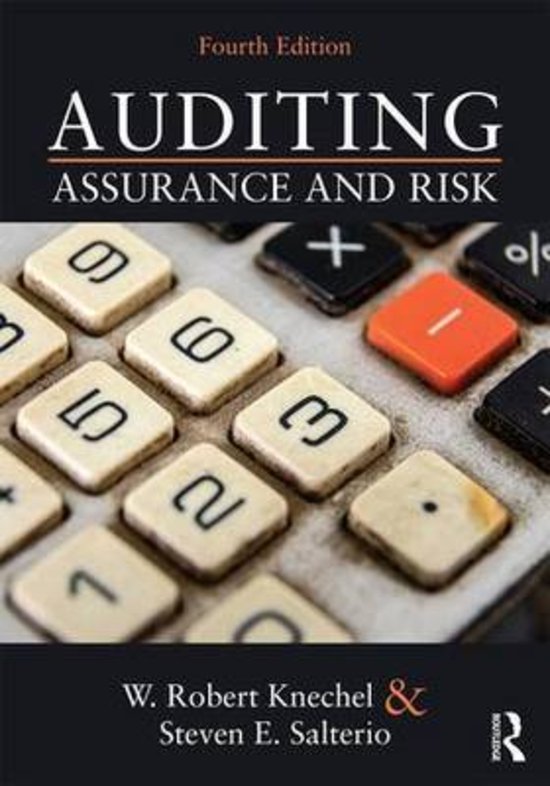Samenvatting
Summary of the book Auditing Assurance and Risk
It is a summary of the book for the course Advanced Auditing from Auditing Assurance and Risk of Robert Knechel and Steven E. Salterio. Only chapters 15 and 16 are missing in the summary.
[Meer zien]





